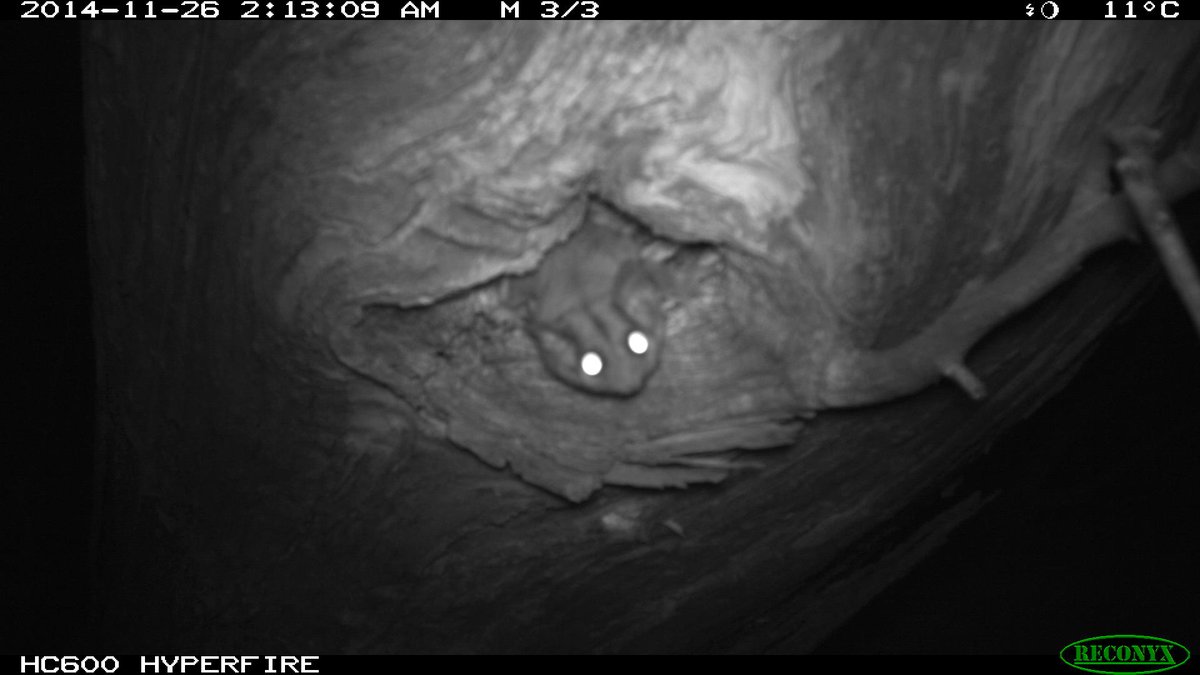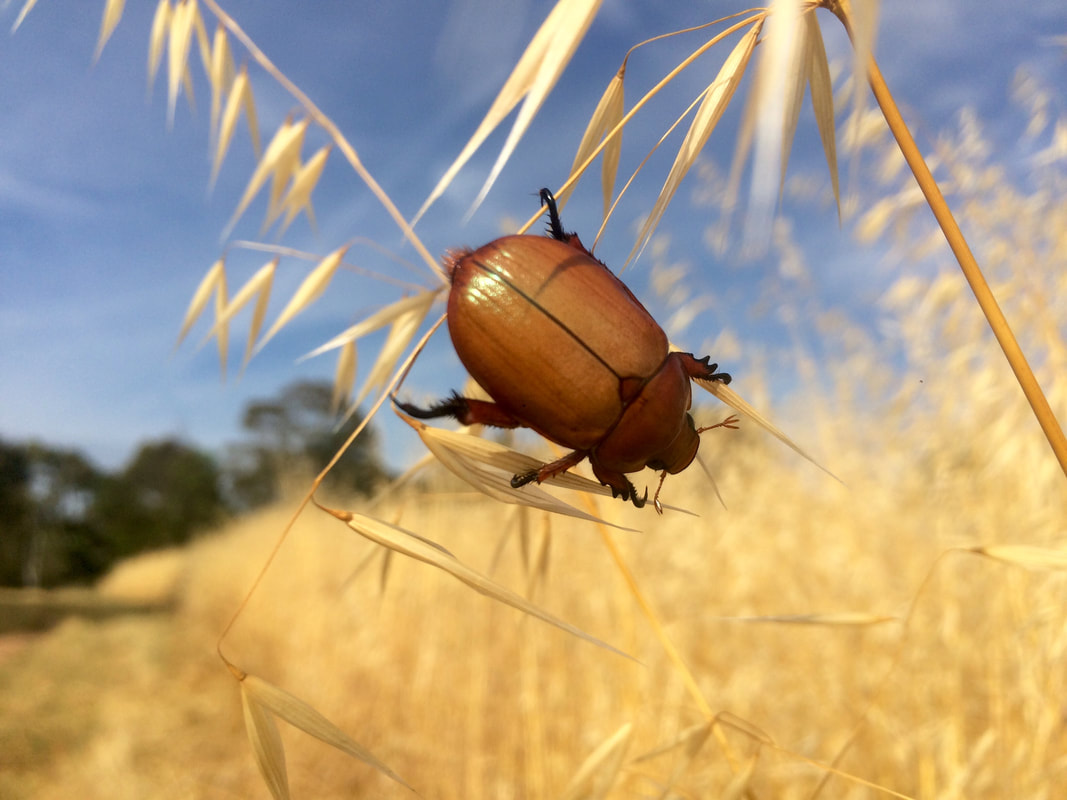Anna MacDonaldI'm a biologist with interests in genetics, conservation, ecology, invasive species, and wildlife management. Archives
May 2019
Categories
All
|
Back to Blog
Click here to read the full post at WildlifeSNPits. When is a native species also invasive, and how can we tell? This may seem a strange question, but it highlights the difficulty we sometimes face determining the boundaries of the area in which a species naturally occurs. Especially when detection is imperfect and those boundaries may change over time. Animals move. Plants move. Sometimes a species will naturally move into a new area, and we recognise this as a range expansion. At other times, a species may only be able to move to a new area with human help (deliberate or unintentional), and this may create a new, invasive population. Think about Australia. If I asked you to name an invasive mammal, you might choose a fox, cat, rabbit or pig. These are clearly not native to Australia. What if I ask you to name a native mammal? Maybe you chose a red kangaroo or a wombat? They are both native to Australia, but they are not native to ALL of Australia. If we were to move a native species to a new part of the country where it had never previously occurred, it may not find the resources it needs to survive, but if it did, we may have created a new invasive population – an invasive native... Photo credit Dejan Stojanovic
0 Comments
Read More
Back to Blog
WildlifeSNPits Post 17/12/2016: There’s no such thing as “boring” data in citizen science18/12/2016 Clink here to read the full post at WildlifeSNPits
As a child I was hooked on wildlife documentaries (I still am…) and from these I gleaned that the career highlight of any self-respecting botanist or zoologist was to discover a new species. For a while that was my goal too, but then I became sidetracked by questions about genetics and evolution and conservation. Fast forward to the present, to the recent growth in citizen science, bioblitzes and nature apps, where almost anyone with an interest can find some way to contribute to scientific endeavour. I have experienced citizen science from both sides: as a scientist I have greatly appreciated the help of volunteers to collect samples and data; as a citizen I have contributed wildlife photos and sighting reports and helped with wildlife surveys and monitoring projects. All of the pictures I have shared in this post are ones I have recently uploaded to the Canberra Nature Map – I love taking wildlife photos and in addition to contributing to local biodiversity knowledge, the Canberra Nature Map is a great way for me to find out identifications for species I don’t know. There’s a lot of discussion among scientists at the moment about the effectiveness of citizen science, how to collect reliable data, and how to retain volunteers. Some of this surely comes down to the expectations and experiences of participants. One thing I’ve come to realise (through occasional conversations rather than proper data collection) is just how public perception of science can be skewed, and how this influences the idea of what “doing science” entails. Media fanfare tends to focus more on “big discoveries” in science – like the discovery of new species – and less on the years of routine, mundane, boring, data collection associated with those discoveries. I understand why that happens, but it can be misleading. Those who volunteer on conservation projects usually do so because they want to make a difference, so as scientists we need to make sure that people understand the many different ways in which they can make a difference... |
 RSS Feed
RSS Feed

